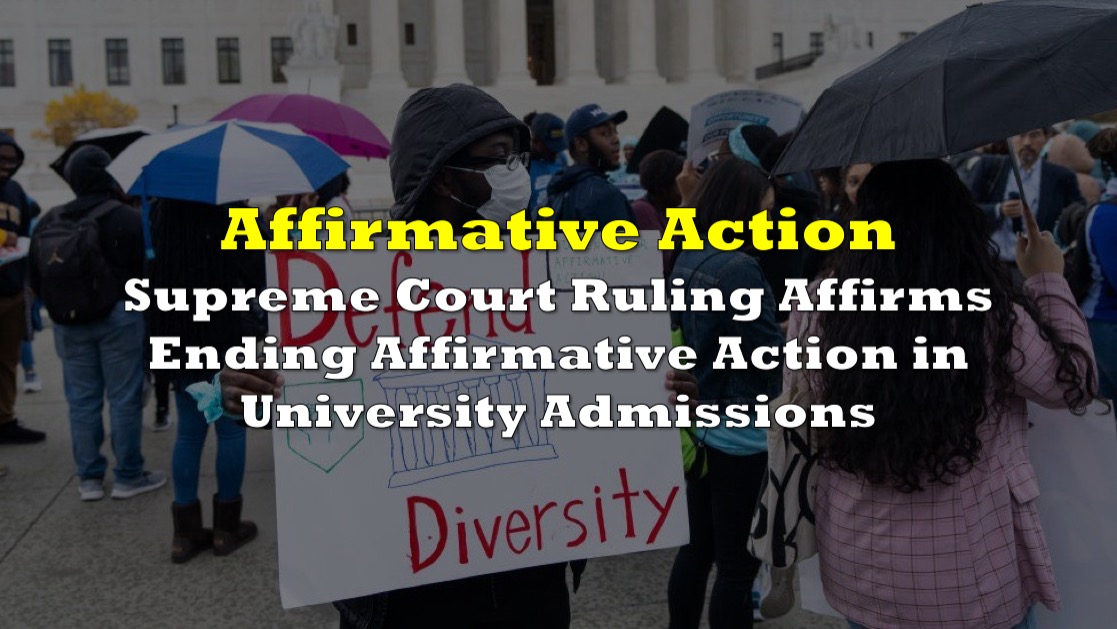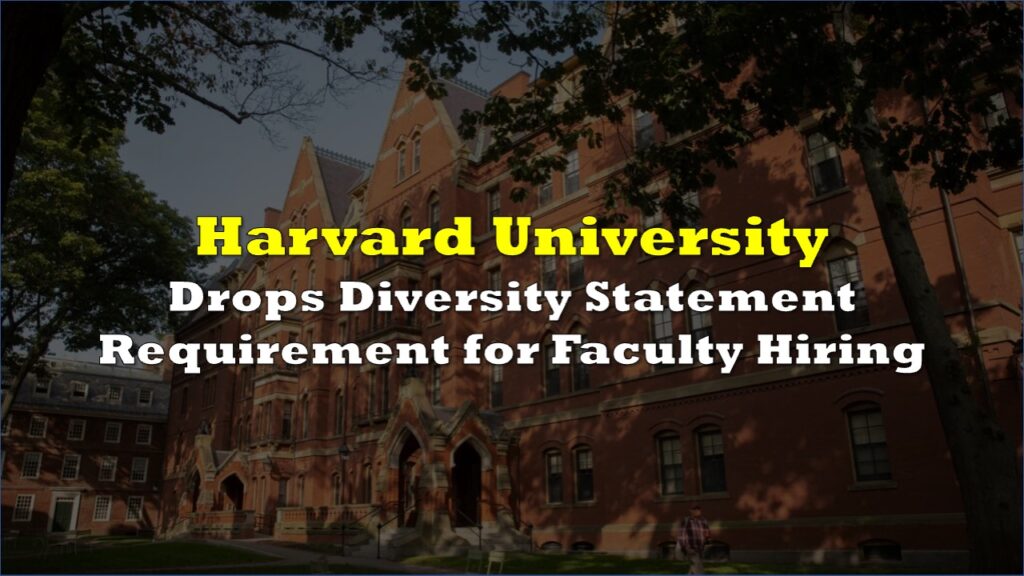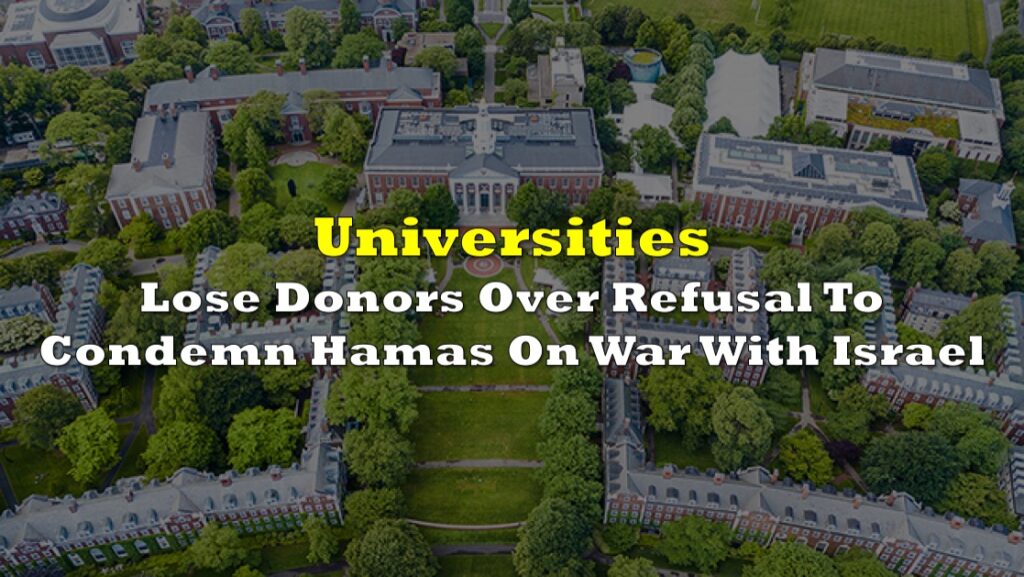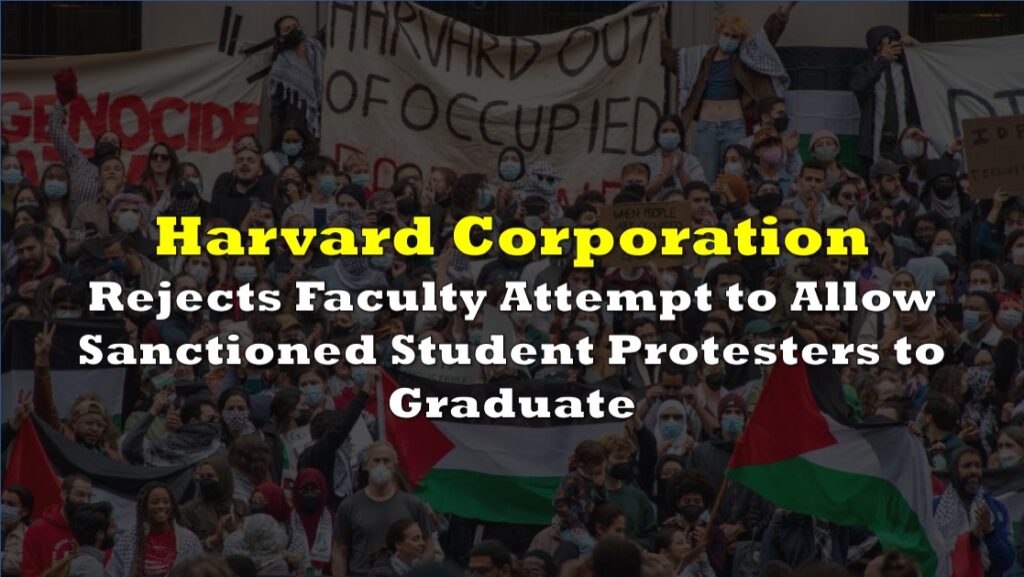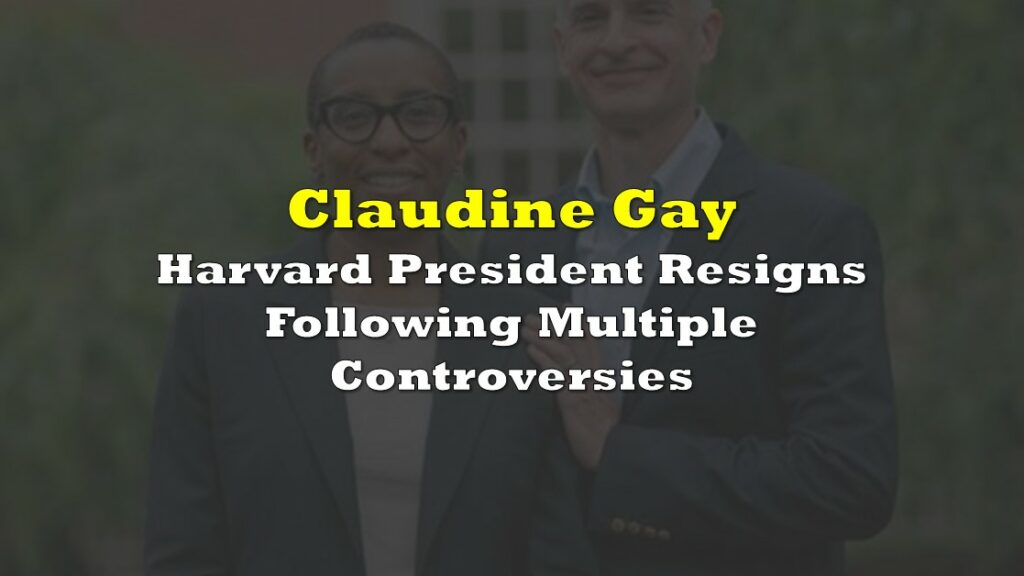In a groundbreaking decision, the U.S. Supreme Court has ruled against race-conscious admissions programs at Harvard University and the University of North Carolina (UNC), effectively putting an end to long-standing affirmative action policies aimed at increasing diversity on American college campuses.
The conservative-leaning justices, with dissent from the liberals, sided with Students for Fair Admissions, a group led by anti-affirmative action activist Edward Blum, in their challenge against the programs used by the two prestigious institutions. The court’s 6-3 vote against UNC and 6-2 vote against Harvard is expected to compel colleges and universities across the country to reevaluate their admissions policies.
Chief Justice John Roberts, who authored the majority opinion, stated that students should be evaluated based on their individual experiences rather than their race. He argued that many universities had wrongly placed undue emphasis on an applicant’s skin color, instead of considering their personal accomplishments and abilities.
“Harvard and UNC admissions programs cannot be reconciled with the guarantees of the Equal Protection Clause,” Roberts wrote, referring to the constitutional provision.
Harvard and UNC had maintained that race was just one factor among many in their holistic admissions evaluations, without the use of quotas. They argued that restricting the consideration of race would lead to a significant decline in the enrollment of underrepresented minority students.
How insane did Harvard's affirmative action policies get?
— Greg Price (@greg_price11) June 29, 2023
An African American student in the 40th percentile of their academic index is more likely to get it than an Asian student in the 100th percentile.
Black students in the 50th percentile are more likely to get in that… pic.twitter.com/9vvBuQXA24
While the court’s ruling prohibits the current admissions practices at Harvard and UNC, it does allow universities to consider an applicant’s personal essays regarding how race has impacted their lives, including experiences of discrimination or inspiration. However, it clarifies that universities cannot establish systems that make race a determining factor in admissions, whether through essays or any other means.
Affirmative action has long withstood scrutiny from the Supreme Court, including a 2016 ruling that upheld the practice. However, with the recent shift towards conservatism on the court, along with the appointment of three justices by former President Donald Trump, Thursday’s decision reflects a significant departure from previous precedent.
Trump cheered the decision, saying it’s “a great day for America.”
“This is not a normal court”
The ruling has sparked a divisive response, with President Joe Biden expressing strong disagreement and urging colleges not to abandon their commitment to diversity. Asked by a reporter if this is “a rogue court,” Biden replied, “This is not a normal court.”
In light of the ruling, President Biden, who is seeking re-election in 2024, advised colleges to consider various factors when admitting students, such as their economic circumstances and the hardships they have encountered, including instances of racial discrimination.
“Discrimination still exists in America. Today’s decision doesn’t change that,” he said.
Liberal justices Ketanji Brown Jackson and Sonia Sotomayor wrote scathing dissents, arguing that the decision undermines equal protection and perpetuates racial inequality in education. Jackson, the first Black woman to serve on the Supreme Court, said that the judicial body, “with let-them-eat-cake obliviousness… the majority pulls the ripcord and announces ‘colorblindness for all’ by legal fiat. But deeming race irrelevant in law does not make it so in life.”
Sotomayor said in her dissenting opinion that the court now “stands in the way and rolls back decades of precedent and momentous progress.”
“The Court subverts the constitutional guarantee of equal protection by further entrenching racial inequality in education, the very foundation of our democratic government and pluralistic society. Because the Court’s opinion is not grounded in law or fact and contravenes the vision of equality embodied in the Fourteenth Amendment, I dissent,” Sotomayor wrote.
That last line may lack poetry but it has plenty of punch. https://t.co/cDDZyamDR0
— David Rothkopf (@djrothkopf) June 29, 2023
Former President Barack Obama called to redouble the efforts for equality in the wake of the court’s decision, adding that affirmative action gave generations of students who had been systematically excluded the chance to show they more than deserved a seat at the table.
Affirmative action was never a complete answer in the drive towards a more just society. But for generations of students who had been systematically excluded from most of America’s key institutions—it gave us the chance to show we more than deserved a seat at the table.
— Barack Obama (@BarackObama) June 29, 2023
In the… https://t.co/Kr0ODATEq3
Supporters of affirmative action, including many higher education institutions, corporations, and military leaders, have long championed the policy not only as a means to address racial inequities but also to cultivate a diverse talent pool that brings varied perspectives to workplaces and the armed forces.
While the ruling does not explicitly overturn prior precedent, Justice Thomas, in a concurring opinion, suggested that the court’s previous ruling in Grutter v. Bollinger, which permitted colleges to consider race as a factor in admissions, has been effectively overruled.
The impact of this decision extends beyond universities, as it joins recent Supreme Court rulings that have rolled back abortion rights and expanded gun rights. Outside the court, supporters and opponents of the ruling demonstrated, while Republican presidential candidates and lawmakers hailed the decision as a victory for merit-based admissions, and Democratic lawmakers viewed it as an obstacle to achieving racial justice.
Blum celebrated the ruling, stating that it marks the restoration of a colorblind legal covenant that unites the diverse nation. He argued that the previous admission practices were discriminatory and undermined the integrity of civil rights laws.
Information for this briefing was found via Reuters and sources mentioned. The author has no securities or affiliations related to this organization. Not a recommendation to buy or sell. Always do additional research and consult a professional before purchasing a security. The author holds no licenses.

